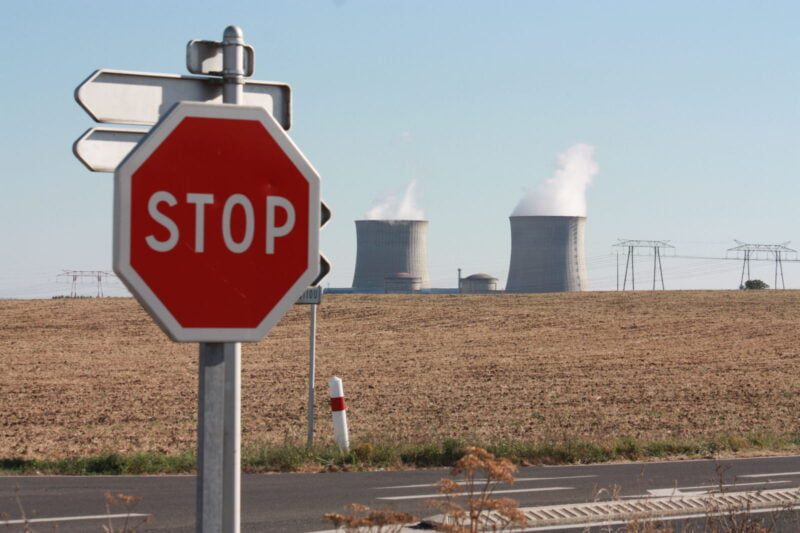Morocco is making measured progress towards civil nuclear energy. Faced with a dual urgency—energy and water—the Kingdom is considering integrating this technology into its mix, while ensuring compliance with international standards. A long-term strategy, well thought out, but still in the preparatory stage.
An international recognition that changes the game
The year 2024 marked a symbolic turning point: the International Atomic Energy Agency (IAEA) officially recognized that the use of nuclear energy in Morocco is exclusively peaceful. This international validation confirms the robustness of the national regulatory framework, ensured by the Moroccan Agency for Nuclear Safety and Security (AMSSNuR). An essential step to establish trust with foreign partners.
Small reactors, big hopes
The Kingdom does not envision traditional, heavy, and costly nuclear energy but is focusing on small modular reactors (SMRs). More compact, more flexible, and suited to Moroccan needs, these devices currently under development could provide an appropriate response to the country’s territorial and technical challenges.
The Minister of Energy Transition, Leila Benali, reaffirmed this interest during the IAEA scientific forum in September 2024. Subsequently, the startup Uranext reportedly initiated steps to establish itself in Morocco, aiming to produce Yellowcake, a strategic raw material for nuclear fuel.
Water, another key issue
Beyond electricity, nuclear energy is also being studied as a lever for desalination of seawater, essential in a country facing chronic drought. However, this technology consumes a significant amount of energy. The equation thus becomes clear: without reliable and inexpensive energy, there can be no large-scale desalination.
It is in this context that a memorandum of understanding was signed between Water and Energy Solutions (Morocco) and Rosatom (Russia), to develop desalination solutions powered by nuclear energy. A further step towards a strategic coupling between two major national challenges.
Prudence and complementarity
Despite these advancements, experts are calling for caution. According to Amine Bennouna, an energy specialist, the 122 MW SMRs are more suitable than the mega-reactors of 1,000 MW, but they remain in the testing phase, with production costs still uncertain.
For Omar Beniacha, a sustainability expert, nuclear energy remains a complementary option, to be considered in the medium or long term. The current priority, he emphasizes, is green hydrogen, another strategic project supported at the highest level of the State.
With Challenge


